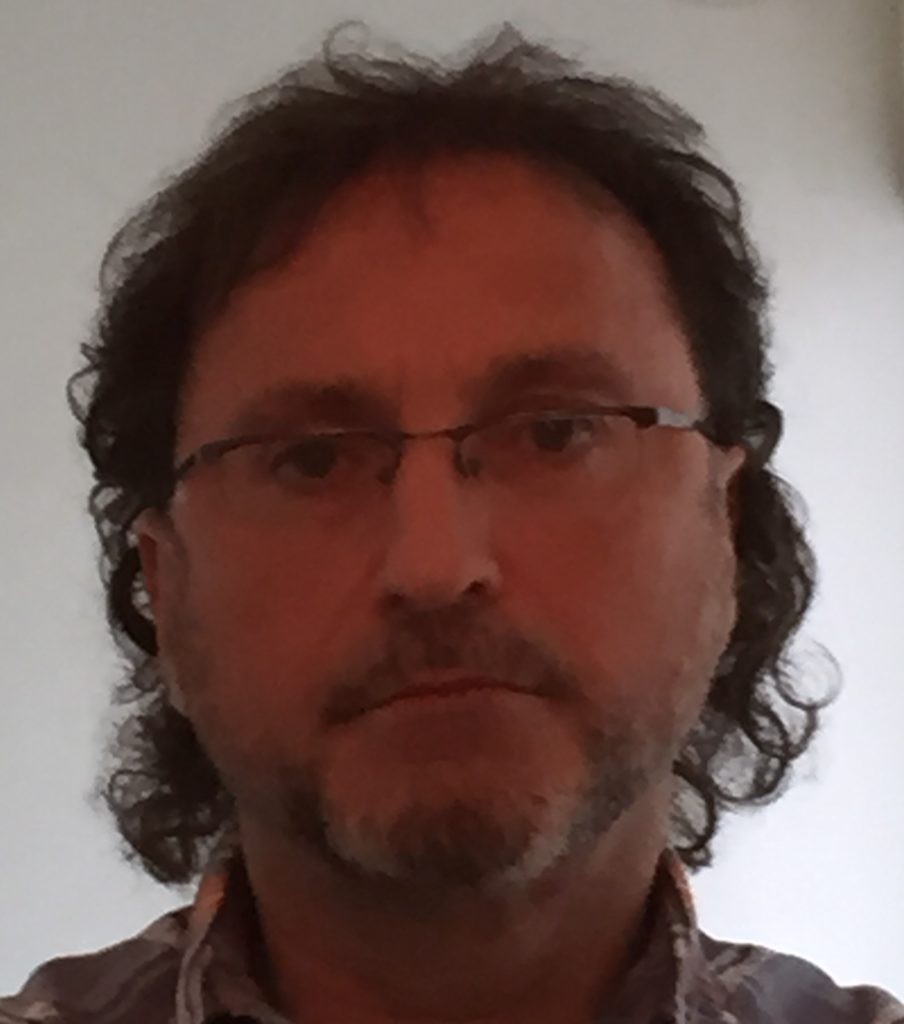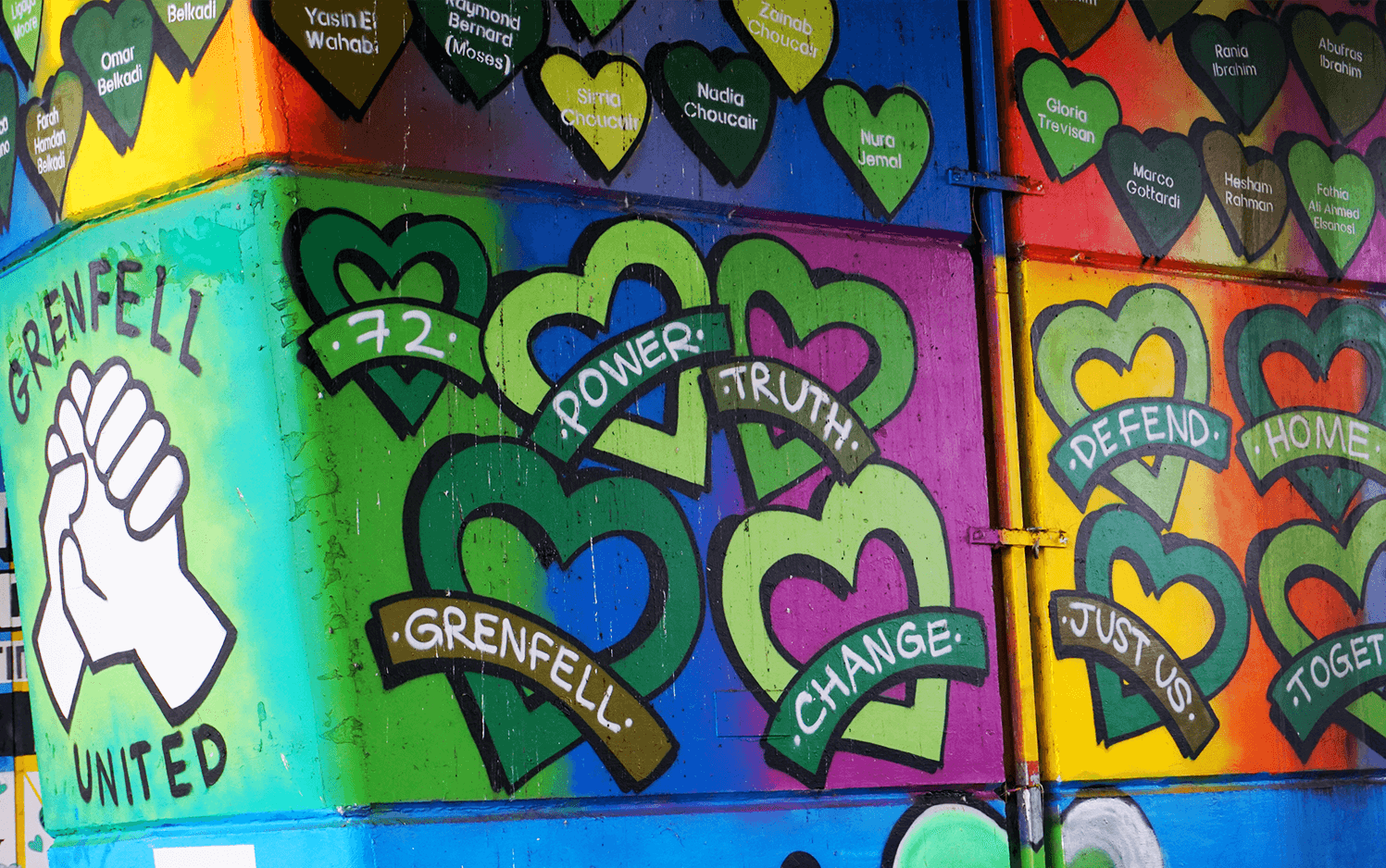Publish date: 11 June 2019
 How do we join up two pieces of our lives when we disagree with one of the parts? When a death is preventable, sudden, random or traumatic, it creates enormous conflict. We know something terrible has happened but we can’t take it in. It’s as if a line has been drawn between the world we knew and the world we are entering; we can’t go back and we don’t wish to go forward. Yet the part we cannot accept keeps intruding, reminding us of our loss, our anguish, our fear and confusion.
How do we join up two pieces of our lives when we disagree with one of the parts? When a death is preventable, sudden, random or traumatic, it creates enormous conflict. We know something terrible has happened but we can’t take it in. It’s as if a line has been drawn between the world we knew and the world we are entering; we can’t go back and we don’t wish to go forward. Yet the part we cannot accept keeps intruding, reminding us of our loss, our anguish, our fear and confusion.
Memory struggles, emotions suffer, thinking deteriorates, sleep collapses. Meanwhile grief deepens because human loss gathers weight as it faces us with the ongoing reality of life without loved ones now lost. Low mood and depression follow. Things seem to slow down, we often become lethargic with grief, lacking in motivation, unable to take pleasure in life.
To add to the confusion, trauma accelerates nervous system responses. Our mind resembles an alarm system, one which rarely gives us peace or respite, and almost everything in our inside and outside world sets it off. Shock and grief combine; we are beset by intrusive images and memories and anxiety, while burdened down by sadness and loss.
Trauma often merits a stabilisation-first approach; and approaches include grounding in the present moment (including mindfulness), relaxation and building self-compassion, all of which aim to calm our threat responses. When we slow our physiology it calms the nervous system, making the world a slightly less threatening place. And understanding our physiology and neurochemistry can alter mood and reduce post-traumatic responses such as shame, guilt or anger.
During the treatment phase, a number of PTSD-informed approaches can help engage and process trauma. This includes, Trauma Focussed CBT, Eye Movement Desensitization and Reprocessing (EMDR) and a number of other approved and established trauma-focused strategies. Therapists will often try and seek the most appropriate fit. and provide choices about approach.
Engaging with grief and loss is an important step in working towards acceptance. Grief is the price of our closest human attachments, with its own signature timeframe and lifespan, deeply personal and distinctive to every individual client.
Treatment can help process the reality of our losses, and many people who come to seek help for trauma and bereavement do benefit from engagement with the therapeutic process.
